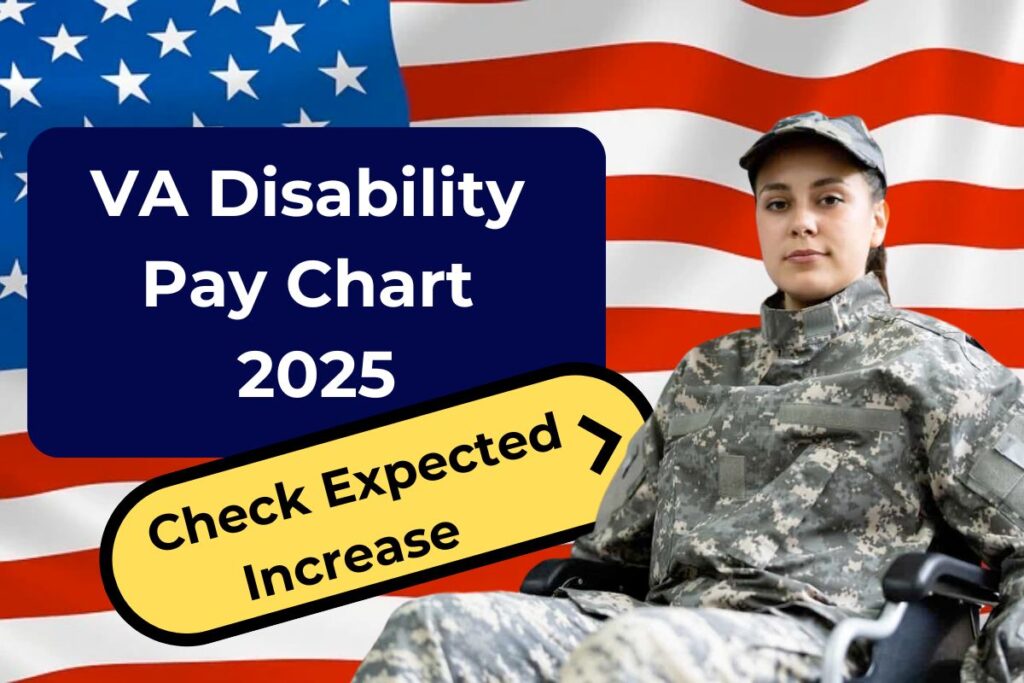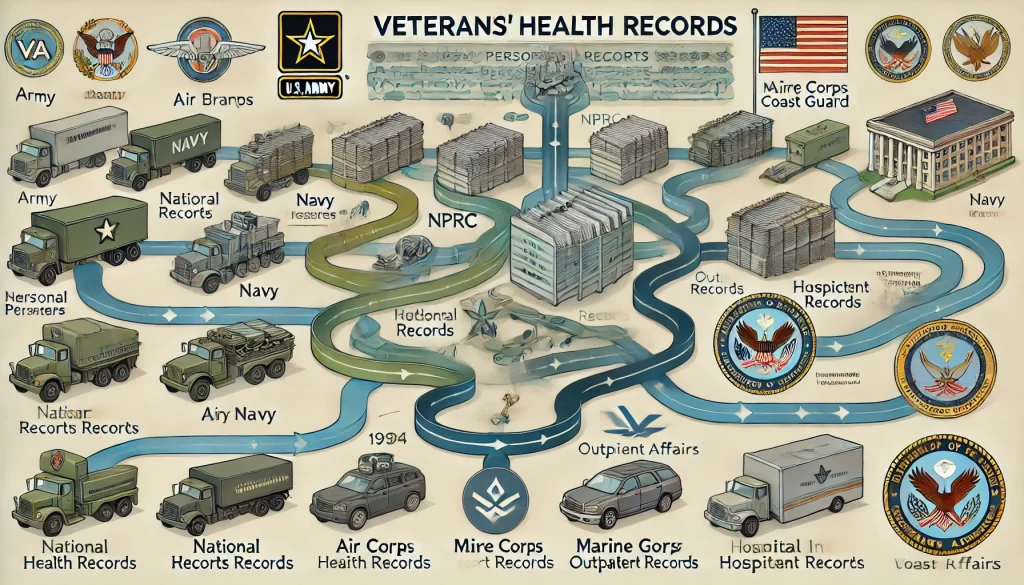Revealing Secrets: A Current VA Rater’s Perspective

Understanding Toxic Exposure Claims and the Importance of TERAs: An Insider’s Perspective
By Chris – Veteran, Former VSO, and Current VA Claims Rater
When the PACT Act passed on August 10, 2022, many veterans, especially those who served in wartime theaters, celebrated the new presumptives. In simple terms, a “presumptive” condition means the VA is acknowledging a nexus—a medical link—between your service and certain medical conditions. If you can prove you served in a qualifying location and you have a related condition, the VA assumes it’s connected to your service. That means you don’t need a medical opinion to support your claim—it’s basically a rubber stamp process.
What many veterans didn’t realize is that the PACT Act also opened the door for claims from those who didn’t serve in combat zones. If you’re one of these veterans, you can still file for conditions potentially related to toxic exposure. The process is a bit more complex, but here’s how it works from an insider’s point of view—mine.
The Power of the TERA Memorandum
If you’re filing a claim and believe your duties exposed you to hazardous substances—such as asbestos, jet fuels, solvents, or cleaning agents—be explicit. Go to the VA’s Military Exposure website and research what exposures are listed for your MOS or job role. Then, when you file your claim using VA Form 21-526EZ or appeal with a VA Form 20-0995, include a lay statement that outlines:
- Your specific MOS or job duties
- The substances you were exposed to (e.g., lead, jet fuel, PAHs, etc.)
- How your tasks exposed you to those substances
Previously, VA raters were restricted from forming internal memos based on MOS alone. But now, if your duties relate to known exposures, we are encouraged to issue what’s called a “TERA” (Toxic Exposure Risk Activity) memorandum. This internal document guides contract examiners to explore potential medical connections to your claimed conditions.
Be Detailed and Specific
General statements like “I was in the Air Force and exposed to fuel” won’t cut it. You need to get specific. Spell out the tasks and the environment. Use supporting documents from VA resources. That gives raters like me what we need to evaluate your claim thoroughly.
Claims without enough detail may be denied—or worse, older claims might have their TERA status overturned if they were too vaguely based on MOS. But now, the system allows veterans to strengthen claims with specifics, especially if the exposure was well-documented through your service duties.
Understanding the Burden of Proof
The legal standard for VA benefits is “at least as likely as not.” That means the evidence for and against must be balanced. Some contract examiners push borderline studies as rationale, but that’s not always enough. For example, if you have coronary artery disease and were exposed to asbestos in the Navy, a high-probability M21 table listing helps—but other risk factors (smoking, family history, obesity) could still outweigh your service exposure in the examiner’s eyes.
Some VA contractors err on the side of the veteran. Others are stricter. That’s why you must build the best possible case: list exposures, explain your duties, and back it up with studies or statements. Don’t rely on just one weak link—connect the dots thoroughly.
Conditions That Don’t Qualify for TERAs
There’s also a TERA Exception Job Aid that outlines conditions which are excluded from TERA-based consideration. These include mental health and most musculoskeletal disorders. So, if your claim involves PTSD or back pain, you likely won’t receive a TERA memo—even if you were exposed to toxins. That said, respiratory, cardiac, organ-related issues, strokes, hypertension, and cancers may qualify.
Secondary Conditions and Smart Filing
Secondary claims are gaining more ground. For example, if you have a service-connected condition like PTSD and also suffer from sleep apnea, there’s growing support for linking the two. While some examiners reject this connection, others accept it, especially when studies suggest a link between trauma, stress, and obstructive sleep apnea. The same applies for asthma and other conditions.
Sleep apnea tied to another condition like PTSD or asthma can bring a 50% rating with CPAP usage. That’s a significant rating. Be strategic. Know how your conditions interrelate, and gather the documentation and research to support your case.
Final Thoughts
If you served between Vietnam and the Gulf War, especially in the 80s, and were exposed to environmental hazards—even without being in a wartime theater—do your research. File your claims with intention and detail. Use the VA’s own resources to bolster your case. And if you need to appeal based on a TERA or denial without one, consider doing so armed with all the right information.
TERA memorandums are more important now than ever. This is one of the most important “secret sauces” I can share. Use it. File strong claims. And good luck to you, brother or sister in arms.
Disclaimer: The content of this article is opinion-based and reflects the personal experiences and insights of the author, who is a veteran and former VA claims rater. It does not represent official policy or guidance from the U.S. Department of Veterans Affairs (VA).






